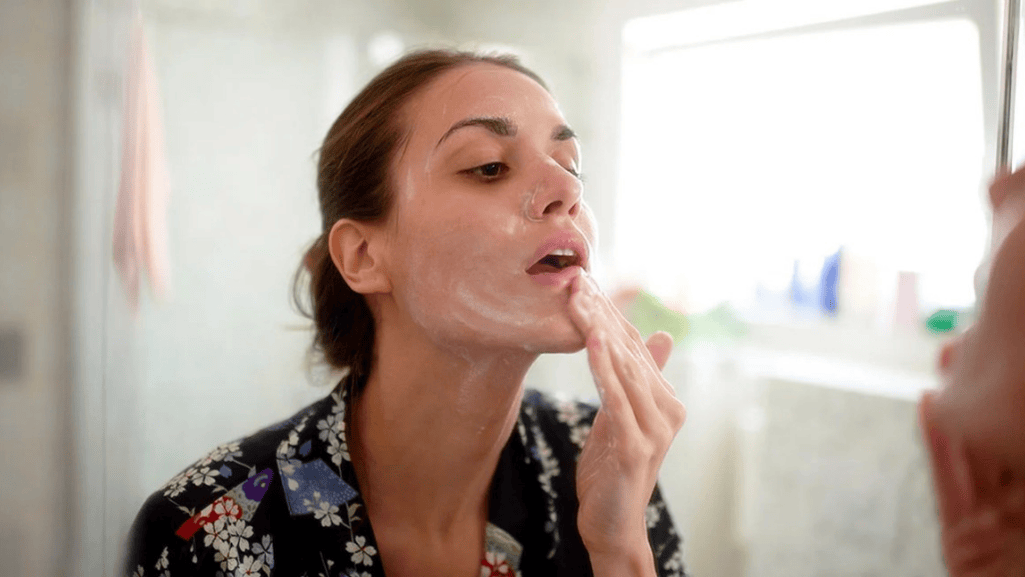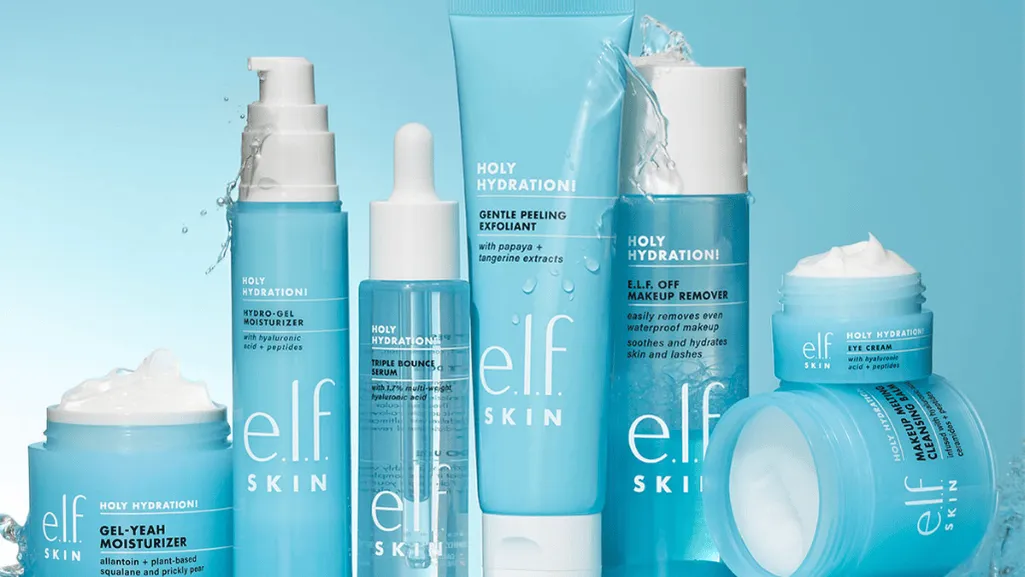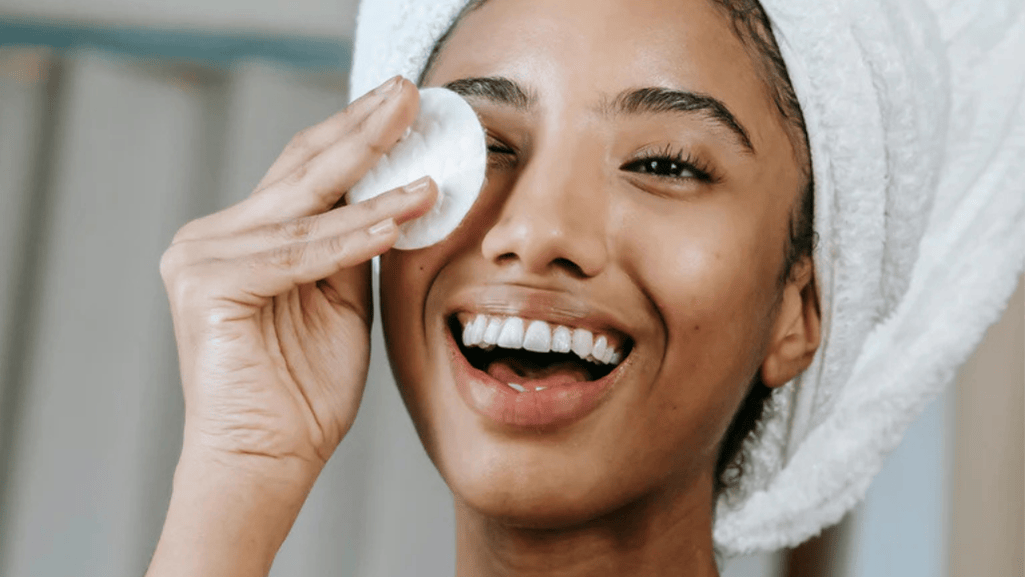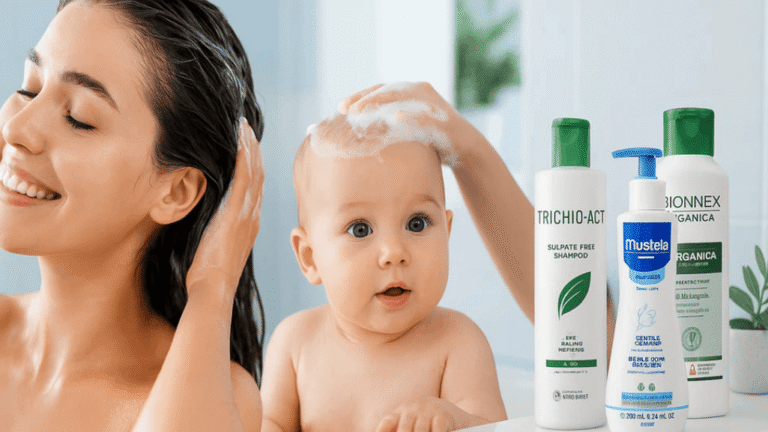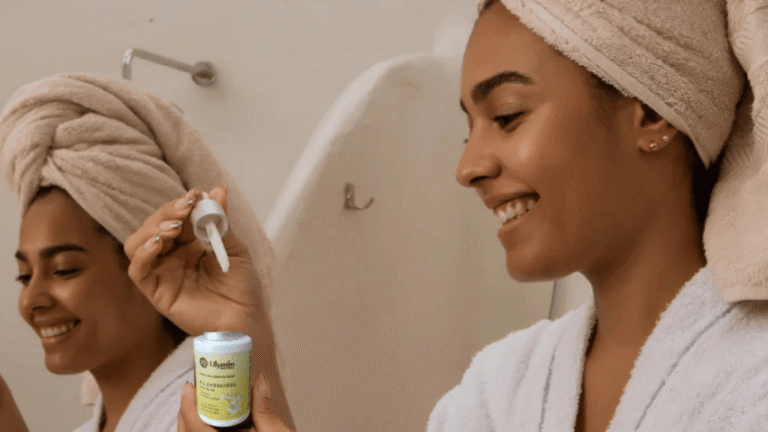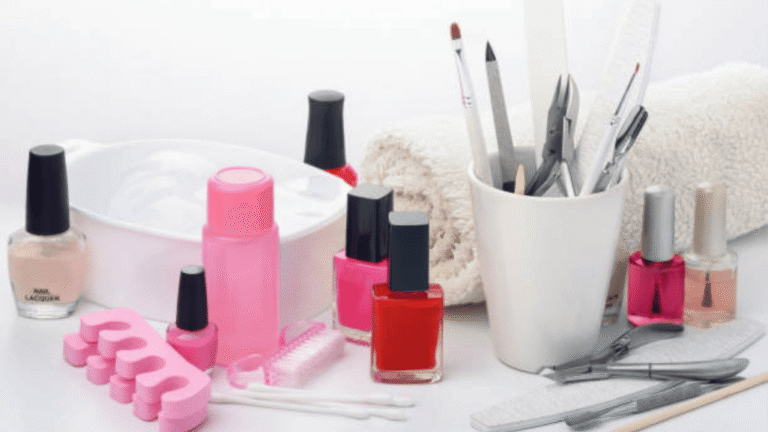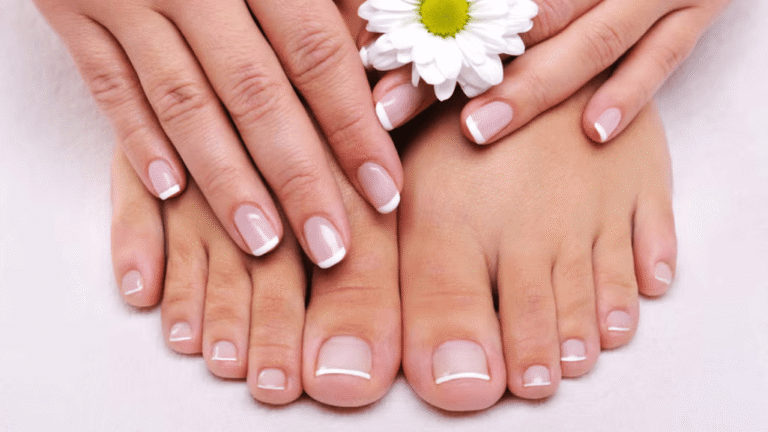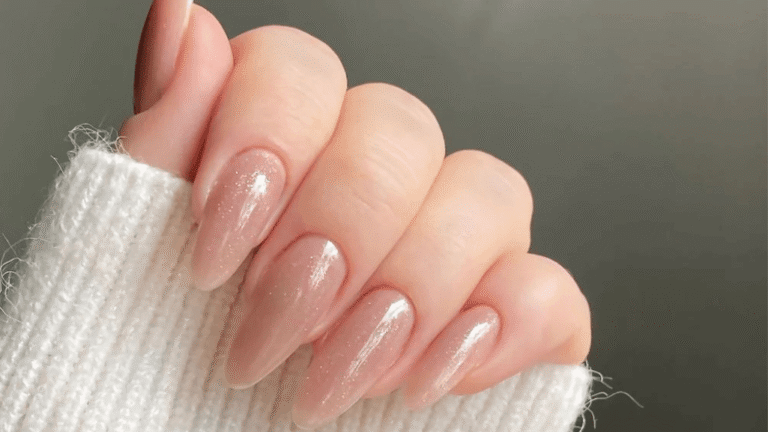With the right A Beauty Care approach and carefully chosen beauty products, you can support healthier, more radiant skin. This guide breaks down a simple, effective skincare routine — cleansing, hydration, and protection — and explains which skin care steps and ingredients work best for common skin types. Whether you’re building a morning routine or a night routine, these practical tips will help your skin look and feel its best.
A skincare routine is the backbone of any beauty care plan. It centers on three core steps — cleansing to clear away dirt and makeup, targeted hydration to restore moisture, and protection to shield skin from environmental damage. Learn how to match products and ingredients to your skin type so your routine delivers real, manageable results.
Key Takeaways:
- A clear skin care routine—simple, consistent steps—helps you get and keep healthier, more radiant skin.
- Cleansing removes dirt and makeup (use a gentle cleanser morning and night); hydration restores moisture; protection prevents damage.
- Learn basic steps and ingredient roles so you can choose products that match your skin type and concerns.
- Small beauty hacks and self-care rituals—like layering lightweight serums or weekly masks—enhance results without overcomplicating your routine.
- See the step-by-step section below to build a routine you can follow every morning and night.
Cleansing is the first and most practical step in any effective skincare routine. It removes surface dirt, excess oil, sweat, and makeup residue so your skin can breathe and other products can work. Left unchecked, these impurities can clog pores, contribute to breakouts, and leave skin looking dull.
How to cleanse — quick, reliable steps: use a gentle cleanser morning and night; massage for 30–60 seconds with lukewarm water; rinse and pat dry. If you wear makeup or sunscreen, start with an oil-based makeup remover or micellar water, then follow with a second, water-based cleanse (double cleansing). This prepares your skin to absorb serums and moisturizers more effectively.
- For oily or acne-prone skin: choose a foaming or gel cleanser that balances sebum without stripping (look for salicylic acid if tolerated).
- For dry or sensitive skin: pick a creamy, hydrating cleanser with glycerin or ceramides to protect the moisture barrier.
- For makeup removal: start with an oil or micellar remover, then follow with your regular cleanser.
Do: be gentle, use fingertips (not a scrub brush), and stick to twice daily cleansing. Don’t: over‑scrub or use very hot water — both can irritate skin and worsen acne or sensitivity. If breakouts persist despite proper cleansing, consult a dermatologist for targeted treatment.
Want product ideas? See the product recommendations section below to find cleansers and removers matched to your skin type.
The Benefits of Effective Cleansing
1. Removing impurities: a proper cleanse clears surface dirt, sweat, and excess oil so pores stay clearer and the risk of acne and breakouts is reduced.
2. Hydration: many modern cleansers include humectant ingredients—like hyaluronic acid or glycerin—that help maintain moisture while cleansing, leaving skin plump instead of stripped.
3. Gentle exfoliation: some daily cleansers offer light exfoliating action to slough off dead cells and improve texture. For stronger renewal, reserve chemical exfoliants or mechanical treatments for 1–3 times weekly to avoid irritation.
4. Better product absorption: by removing barriers on the skin’s surface, cleansing helps serums and moisturizers penetrate and deliver results more effectively.
Quick checklist to choose a cleanser by skin type:
- Oily / acne-prone: gel or foaming cleansers; consider a product with salicylic acid if tolerated.
- Dry / sensitive: cream or balm cleansers with ceramides or glycerin; fragrance-free.
- Makeup or sunscreen wearers: use an oil-based remover or micellar water first, then a gentle second cleanse.
Tip: look for pH-friendly formulas and avoid harsh detergents. If you’re trying actives or acne treatments, start slowly and consult a dermatologist for persistent concerns.
The Power of Hydration in Skincare
Hydration is a cornerstone of healthy, supple skin. Using the right moisturizer, a targeted serum, and occasional hydrating face masks helps restore the skin’s moisture barrier so your face looks plumper and more radiant. Hydration improves texture and temporarily softens the appearance of fine lines, while also helping skin resist environmental stressors.
Morning vs. Night: Hydration Basics
Day: after cleansing, use a lightweight serum with humectants (like hyaluronic acid) then lock it in with a non-greasy moisturizer and broad-spectrum SPF. This combo keeps skin hydrated and protected during the day.
Night: apply a richer cream or sleep mask to replenish water loss while you rest. Nighttime is ideal for thicker formulations and repairing ingredients that support the moisture barrier.
Key ingredients to look for: hyaluronic acid (attracts and holds water), glycerin (a humectant), ceramides (support the barrier), and antioxidants (protect against environmental damage). Match textures to your skin type: gels or lightweight lotions for oily skin, creams or balms for dry skin.
Practical tips: drink enough water to support overall hydration, apply products while skin is slightly damp to boost absorption, and introduce one hydrating product at a time so you can monitor results. Try a weekly hydrating mask to refresh and revive tired skin.
Moisturizers and serums deliver hydration in different ways. Moisturizers (creams, lotions, gels) lock in moisture and help prevent water loss; choose a lightweight gel or lotion if you have oily skin, or a richer cream if your skin is dry. Serums are lightweight, concentrated treatments that sit under a moisturizer to target specific concerns — look for serums with humectants and antioxidants for daily nourishment.
Key hydrating ingredients
Hyaluronic acid and glycerin are top humectants: they attract and hold water to the skin. Ceramides help rebuild the skin barrier, while antioxidants and vitamins protect against environmental stress. When choosing products, check ingredient lists and opt for fragrance‑free formulas if you’re sensitive.
Routine examples by skin type
- Dry skin: hydrating serum (hyaluronic acid) + rich cream at night; lighter moisturizer in the morning.
- Oily or combination: water‑based serum + gel moisturizer; use a lightweight cream only where needed.
- Sensitive: single‑ingredient serums and barrier‑repair creams; patch test first.
Hydrating face masks are useful 1–2 times weekly for an extra boost; choose masks with gentle humectants rather than harsh exfoliants. And remember — topical hydration works best alongside internal hydration, so drink adequate water each day.
Protect Your Skin for Youthful Beauty
Protecting your skin is the single most effective step for maintaining a youthful, healthy complexion. Daily application of a broad‑spectrum sunscreen is essential — it shields skin from harmful UV rays that cause sunburn and cumulative sun damage linked to premature aging. Regular sunscreen use is associated with lower rates of some forms of UV‑related skin damage over time.
How to choose and use sunscreen: pick a broad‑spectrum formula with at least SPF 30, apply generously (about a nickel to a shot‑glass amount for the face and neck), and reapply every two hours when outdoors. For daily wear under makeup, use a lightweight, non‑comedogenic sunscreen; for sensitive skin, consider mineral (zinc oxide or titanium dioxide) options.
Beyond sunscreen, choose non-toxic skincare products where possible — formulas free from harsh sulfates and unnecessary fragrances reduce irritation and help preserve the skin’s barrier. Look for labels that say “fragrance‑free,” “non‑comedogenic,” or “dermatologist‑tested” if you have reactive or acne‑prone skin.
Quick tips: make sunscreen the last step of your morning skin care routine, layer it over your moisturizer, and use sun‑protective clothing and shade during peak sun hours. Prioritizing protection reduces long‑term damage and supports your skin’s overall health.
Benefits of a Skincare Routine
A consistent care routine brings measurable benefits: cleaner, more balanced skin; improved hydration; and protection that helps minimize long‑term damage. By keeping skin clean, hydrated, and protected, you can reduce common concerns like acne, dryness, and dullness while supporting a healthier, more radiant complexion.
- Clearer tone: regular cleansing plus targeted actives can even skin tone and reduce dark spots.
- Fewer breakouts: a gentle cleanser and appropriate treatments help control oil and reduce acne flare‑ups.
- Better hydration: serums and moisturizers restore moisture balance for plumper, smoother skin.
- Improved elasticity: consistent use of nourishing creams and antioxidants supports firmness and resilience.
- Smaller‑looking pores: proper cleansing and lightweight hydration help minimize the appearance of pores over time.
- Calmer skin: barrier‑supporting ingredients soothe irritation and reduce sensitivity.
- Brighter complexion: exfoliation and hydration work together to reveal fresher, revitalized skin.
| Benefits of a Skincare Routine |
| Achieve healthy and radiant skin — with consistent, appropriate products. |
| Can help delay visible signs of aging when combined with sun protection and targeted ingredients (retinoids, antioxidants). |
| Enhanced self-confidence — improved skin often boosts how you feel about yourself. |
| Self-care and a simple daily routine make maintenance manageable and sustainable. |
How long until you see results? Expect to notice texture and hydration improvements within 2–4 weeks; clearer acne improvements and pigment changes often take 6–12 weeks. If concerns persist, see a dermatologist for personalized care and prescription‑strength treatments.
The Rise of K-Beauty: A Global Beauty Revolution
Korean skincare—commonly called K‑beauty—has reshaped global approaches to skin care by popularizing a thoughtful, multi‑step philosophy that emphasizes prevention and gentle, effective products. Rather than quick fixes, K‑beauty emphasizes routine steps, layering lightweight formulas, and using targeted ingredients to address concerns like acne, dryness, and uneven tone. Its influence is visible worldwide in product formats and the rise of ingredient-driven, skin-first beauty products.
K‑beauty favors gentle, often plant‑based ingredients alongside science-backed actives. Sheet masks, essences, lightweight serums, and barrier‑supporting creams reflect a focus on maintaining the skin’s health over time. Note: “natural” ingredients can be soothing for many people, but natural does not automatically mean safe—patch-test new formulas if you have sensitivities or allergies.
At its core, K‑beauty promotes a holistic, preventive approach: consistent daily skin care routines that cleanse, hydrate, and protect create a foundation for long‑term skin health. Integrating these steps—morning protection and evening repair—helps address early concerns before they escalate, reducing the need for aggressive interventions later.
Skincare is more than a passing beauty trend; it can be a sustainable lifestyle choice. Start simple: prioritize a reliable cleanser, a hydrating serum, a moisturizer suited to your skin type, and daily sunscreen. These core steps will support a healthy, radiant complexion without overwhelming your routine.
FAQ
What is a skincare routine?
Why is cleansing important?
How does hydration help the skin?
What sunscreen should I use?
How many steps should my routine have?
When will I see results?
Is K‑beauty right for me?
FAQ
What is a skincare routine?
Why is cleansing important?
How does hydration help the skin?
What sunscreen should I use?
How many steps should my routine have?
When will I see results?
Is K‑beauty right for me?



